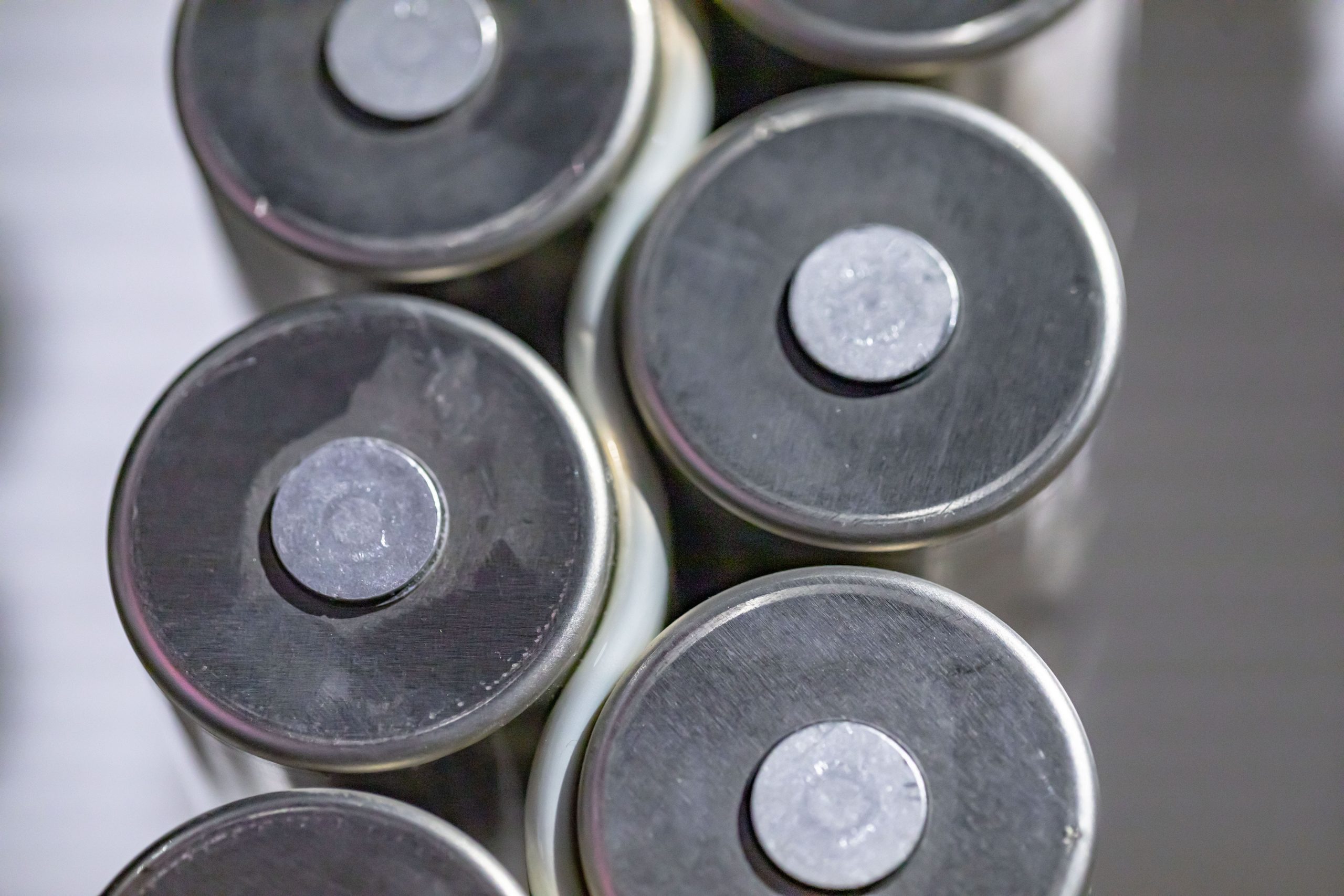To decrease the dominance of Chinese manufacturers in this critical area, the U.S. Department of Energy will allocate over $3 billion to finance the production of batteries for electric vehicles within the country.

Reclaiming the EV Battery Market
In a recent proposal to help lessen or eliminate China’s lead in the electric vehicle (EV) battery dominion, the U.S. Department of Energy is inaugurating a $3 Billion investment towards 25 battery manufacturing projects in 14 states. Infusing such sums into battery production facilities signals that the U.S. government is ready, and willing to fight for the survival of the dormant industry in the United States.
The decision comes as China has firmly established itself as the global leader in EV battery production, with only CATL and BYD dominating the gross market. The U.S. government understands the threats posed by this sector and why there is an urgent need to cut off complete dependency on foreign suppliers when it comes to the products.
With an aim to promote domestic cell manufacturing, the Biden-Harris administration aims at the creation of thousands of well-paying jobs and strengthening the economic leadership of the country while improving the energy security of the nation. This is part of the other Investing in America strategy to restore manufacturing and strengthen the nation’s position in the world market.
Revitalizing Local Communities
From this equity investment alone, it is estimated that investments worth $13 billion are expected and 12,000 production and construction jobs will be created across the 14 states concerned. This flow of cash will benefit the local economies by bringing back job opportunities in regions that have suffered from the downturn of the conventional manufacturing industries.
Some projects have been awarded the grant already including Albemarle’s $67 million project in North Carolina to produce anode material for next generation lithium-ion batteries commercially. Honeywell will also get more than $126 million to construct a manufacturing site for electrolyte salt for lithium batteries in Louisiana.
Other significant recipients include Dow which has secured a $100 million payment to manufacture battery-grade carbonate solvents for electrolyte solutions employed in lithium-ion batteries and Clarios Circular Solutions and SK ON and Cosmo Chemical which will implement a project worth $150 million in South Carolina.
The investments are such that they will also induce employment and promote creativity and growth in the domestic battery manufacturing industry, thus enabling the USA to be at the apex of this vital field.
Conclusion
The commitment of three billion dollars in EV battery production in the country by the US government is something very gutsy and required in the era when the war on superiority on technological and economic spheres is raging on. In a bid to achieve the objectives of stimulating developments, job creation and decreasing dependence on foreign sources of supply, the Biden-Harris administration seems to step forward in demonstrating its resolve to get even and regain relevance in the electric vehicle revolution. This step will affect the whole EV market but the economy and politics rather more.
